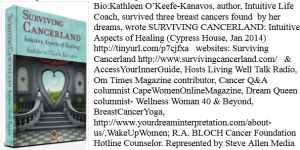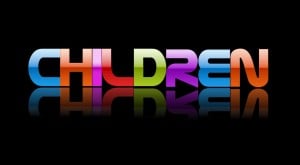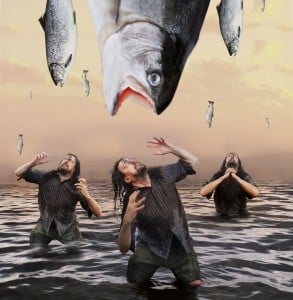Out with the snake and in with the horse. Western New Year Resolutions and Chinese New Year Celebrations go together like peanut and butter. They herald in changes filled with hope for the world and all its inhabitants. Our New Year resolutions help us focus on personal improvements while the Chinese New Year gives us insight into animal personality types that are reflected in world events, improvements and people.
According to the Chinese calendar, 2014 is Year of the Horse and it will arrive on February 4, 2014 in China Standard Time, January 31st, on Western calendars. Chinese New Year is also called Spring Festival and Lunar New Year. Legend has it that in ancient times, Buddha asked all the animals to meet him on Chinese New Year. Twelve came, and Buddha named a year after each one. He announced that the people born in each animal’s year would have some of that animal’s personality.
The horse birth years are 1930, 1942, 1954, 1966, 1978, and 2002. If you, or someone you love, were born in horse years the personality traits you display are those of being cheerful, skillful with money, perceptive, witty, talented and good with your hands.
2013 was a year of the snake and a challenging time for many of us. Fortunately, the year of the Green Wood Horse promises to be better because the Green Wooden Horse is a symbol of spring and renewed life.
As a friend and I were having coffee at a café the discussion of New Year Resolutions and the difference between need and want was discussed.
“Kathy, what’s your New Year’s resolution?” the friend asked, “Mine is to give up sugar.” she continued, while shaking two packets of sugar substitute into her coffee. “I’m starting tomorrow.”
“Not to give up anything, and to put myself first,” I answered. “Then I’ll refocus on the difference between want and need in my life.”
My friend stopped stirring her coffee, peered over her sunglasses at me, and asked, “What do you mean by that?”
The concept of care-giver first, and the difference between want and need can seem alien. I learned about these during radiation therapy ten years ago while battling breast cancer. The side effects of emotional emptiness and burn-out can still be seen in women who are unaware of self-care concepts.
Women are natural care-givers. Many give unconsciously and unconditionally until there is nothing left to give. Consequently, their emotional-well runs dry. Lately, there is an alarming pattern of burn-out during these uncertain economic times. Part of the problem is not distinguishing between wants and needs. Families have many wants, and the care-giver tries to meet them as though they are needs; a terrible burden to carry. Women become burned out from giving so much of themselves to those who want more than is available. When there is nothing left to give, the result is medication, and psychotherapy to fill the void, and dull the feeling of failure.
In part 2 of this blog posted next week, we will discuss the new shift into consciousness and self-awareness and what it means to you.













